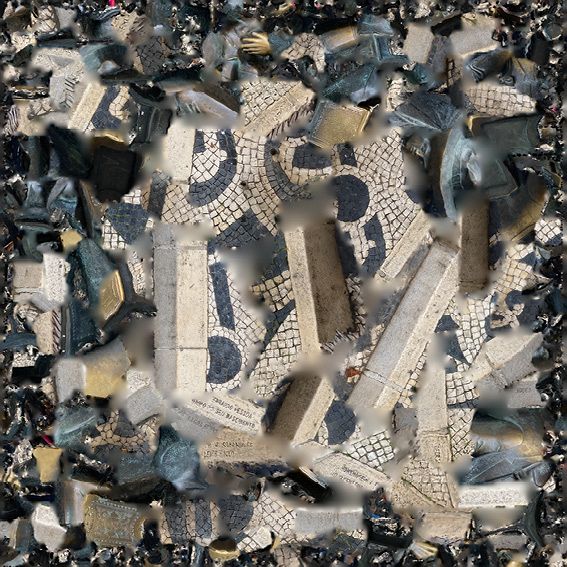
Fernando Pessoa was one of the most important poets in Portuguese history. Over the course of his life, he used his writing to unfold his identity into multiple characters he called “heteronyms“, or other versions of himself. Between 1888 and 1935 he wrote under more than 70 characters, many of them complete with birthdays, curricula, backgrounds, ideological positions, different levels of education and control over the Portuguese language. He worked a day job as a translator and only published one book before he died. His rich archive of writing was later recovered and published posthumously, and the few images of him that were recovered were replicated repeatedly, appropriating his likeness to produce an icon.
In the 1980s, the municipality of Lisbon would commission António Lagoa Henriques to create a statue in his memory. Unveiled in 1988 in front of the café: A Brasileira, the statue was created without a pedestal, and consists of a table and two chairs: one where the poet sits and one for you, the viewer turned participant. Today, tourists take photos posing with the statue and share them on social media or print them as souvenirs.
I set out to produce objects that would mobilise the statue’s image to discredit its imposing representation of the authors (Pessoa and his mind’s co-inhabitants). I created mobile, virtual versions of the statue, through Instagram filters and augmented reality, and used grassroots distribution tactics – by sharing the files for free on my website and on Portuguese migrants’ Facebook groups, alongside instructions on how to print and install the work, and an interactive map people can update with the locations where they install it in – to visualise the growing network of statues.